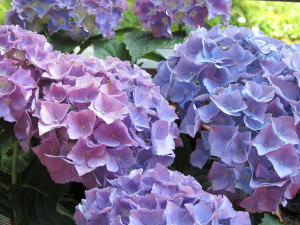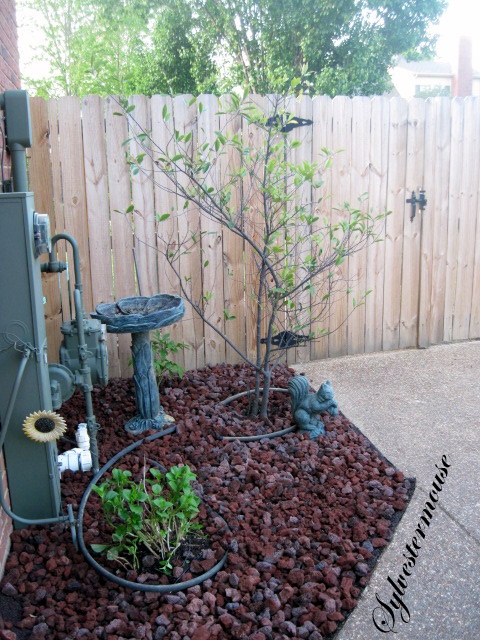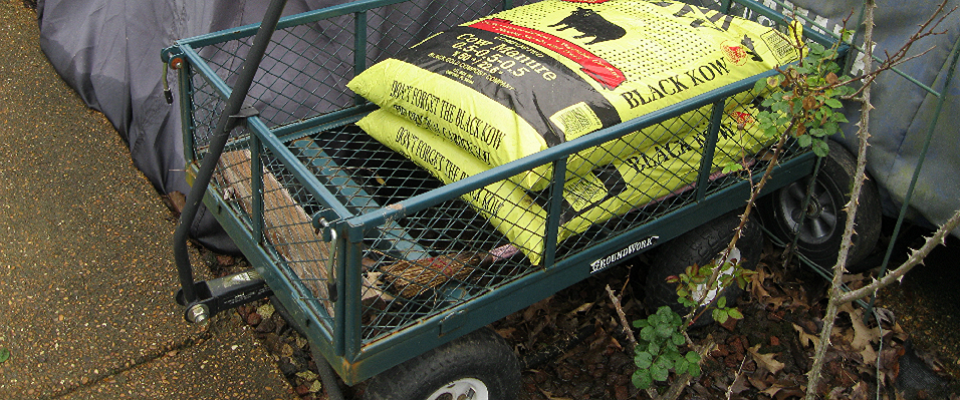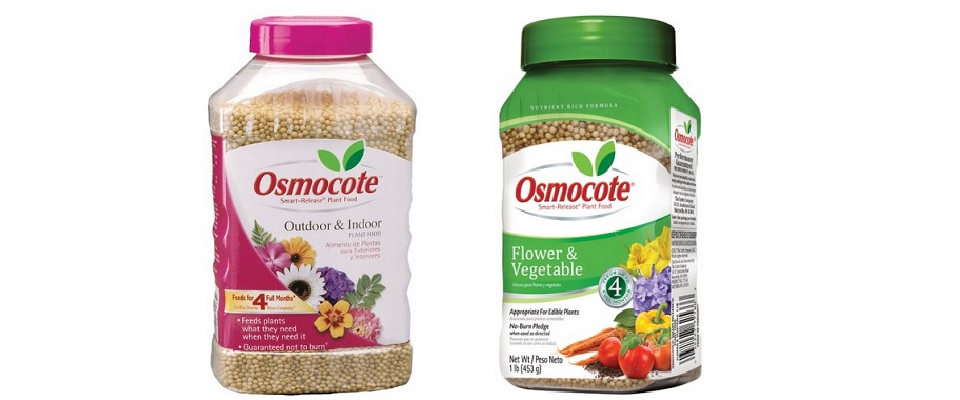How to Grow Hydrangeas
 Add the Beauty of Huge Blooms to Your Garden!
Add the Beauty of Huge Blooms to Your Garden!
I learned how to grow hydrangeas in my garden simply by watching my grandmother. She had the biggest, most beautiful hydrangea bushes in the neighborhood, perhaps the largest in the city. She also had a variety of color which I also thought was gloriously beautiful. Of course, my personal favorite was blue, but the pinks were gorgeous too.
Just looking at a hydrangea bloom today takes me back to bygone days and sends me into a world of reminiscence.
There are a few things to keep in mind before you plant a hydrangea in your yard
- Most hydrangea bushes get pretty big, so you will need to allow for the size of the shrub when you are selecting the placement.
- Acidity of Soil ~ if you want a blue Hydrangea, you will need acidic soil or use soil pH additives to lower the pH.
- Plant during the milder weather of Spring or Fall
- With most plants, you need to consider the sun. Hydrangeas need partial shade. They easily tolerate morning sun, but need shade from the afternoon sun.
- Placement area must be moist, but well drained. Not standing water.
- Hydrangeas require frequent watering.
- Check zone region before purchasing. (See Find Your Garden Hardiness Zone below.)
Hydrangea ~ Arborescens
White Dome
There are several varieties of arborescens. The one that is shown is the White Dome Hydrangea.
As you can see in the photo, the White Dome is a rather unique hydrangea since it is cultivar produced by a chance pollination of two unidentified selections of Hydrangea arborescens. The inner flowers of the large dome, are surrounded by infertile flowers that dangle on the outer edges. The blooms of the White Dome arborescens are clusters of tiny flowers combined to make up to a 10″ overall bloom.
Spotlight on the White Dome Hydrangea
White Dome (Hydrangea arborescens ‘White Dome’)Check Price
- Blooms: Mid-Summer to Fall
- Blooms on New Wood
- Hardiness Zones: 3-9
- Fertilize in early spring with a slow release fertilizer specialized for trees and shrubs.
The White Dome Hydrangea can tolerate full sun, but I highly recommend planting in partial shade. This plant is intolerant of drought and requires constantly moist soil to survive. However, it must be will drained soil to prevent mold or mildew which could kill your hydrangea.
Plants may die all the way back to ground level in the winter, which actually makes for easier plant maintenance. During a mild winter, they will most likely not die back and you may want to prune them down to the ground in late winter. If you do not prune them in late winter or if they do not “self prune” by dying back, then you would simply need to prune them and remove any damaged stems in early spring.
This particular hydrangea will be largely trouble free as long as you select the right spot to plant and keep the ground around it moist.
Hydrangea French ~ Macrophylla
Blue, Pink or White Blooms
Hydrangea Nikko Blue | 1 Extra Large 3 Gallon Plant | Hydrangea macrophylla | Vibrant Bloom ColorCheck PriceThe Hydrangea French macrophylla is the hydrangea most of us are more commonly familiar with in the southern region of the United States. Because of it’s popularity just about anyone can easily identify the huge, dense blooms it at a glance.
I love the variety of color available with this species of Hydrangea. Once you have purchased the color you prefer, keep in mind that the continued shading of color is dependent on the soil pH. Acidic soil produces blue flowers, alkaline soil produces pink flowers.
Like the arborescens above, this hydrangea can also tolerate full sun in milder weather climates, however, in the deep south of America, this bush should be planted in partial shade. The sun will quickly cause it to dry up, welt and possible die. It needs moist, but well drained soil. I water my hydrangeas every few days if we don’t get a good soaking rain.
More About the French Hydrangea
This hydrangea will die back in winter and should be pruned in early spring before new growth appears. It will start blooming in mid-summer.
If property tended, these hydrangeas will live for years, even decades. Mine is well over 15 years old and continues to thrive year after year.
Blooming & Beautiful – BloomStruck Bigleaf Hydrangea – Endless Summer – 3 Gal – Reblooming Pink Blue Purple Mophead Blooms Summer to Fall – Zones 4-9 – Hydrangea Macrophylla – 3 Gallon PotCheck Price
Hydrangea Oak-Leaf
In our previous home, I also had a Hydrangea Oak-Leaf. I truly love this hydrangea and it’s unique conical shape.
Take a close look at the photo and you will easily see where it got it’s name. The leaves are shaped somewhat like oak leaves, but what is not visible in the photo is that the leaves turn a gorgeous red in the fall and add to the changing color beauty of fall.
Snow Queen Oakleaf Hydrangea – Live Plant Shipped 1 Foot Tall by DAS Farms (No California)Check Price
Spotlight on the Snow Queen Oakleaf Hydrangea
- Snow Queen blooms in the summer.
- The Snow Queen has beautiful red, oak leaves in the fall.
- For Zone 5-9
Again, I want to caution about placement, water and sun. This hydrangea needs a lot of room to spread so it really is best planted alone. It needs moist and well drained soil. My Hydrangea Oak Leaf was actually more tolerate of full sun, but I still recommend planting it in partial shade simply to keep from drying up the ground around it.
This beauty will start blooming in mid-summer and should be pruned after flowering in the winter or early spring.
Hydrangea Peegee
The Hydrangea Peegee is a true shocker to most people I have met. This Hydrangea can, and actually should be trimmed like a tree. It is gorgeous as a stand alone “tree” in yards and could easily grow up to 30′ tall. I guarantee you people will stop and ask what kind of tree it is. I have to laugh. It is my all time favorite “imposter”.
Pee Gee Hydrangea Paniculata (1-2 feet tall in full gallon containers)Check Price
Spotlight on the Hydrangea Peegee
- The bush that looks like a tree!!!
- It will quickly endear itself to you.
- Recommended for Zones 3 – 9, but best in zone 4
It will have an abundance of huge blooms in midsummer after most other trees have already spent their blooms for the year. The flowers are white, gradually turning to pink or purple. This hydrangea will continue to bloom into the winter.
This beauty loves to be pruned and pruning will actually encourage more vigorous growth.
Find Your Garden Hardiness Zone
- National Gardening Association
If you live in the US, you can enter your zip code and find out your gardening hardiness zone.
- World Hardiness Zones
If you live outside of the U.S., this site will help you determine your planting zone.
How to Effectively Water Your Hydrangea
This photo was taken in early April, right after the my hydrangea started showing new growth for the year. I used this photo so you could easily see the placement of my soaker hose.
Because any of these featured Hydrangeas require moist, well drained soil, I use a soaker hose that I have wrapped around the base of the plant in order to thoroughly water it. Soaker hoses have dozens of holes punched in them so they can effectively soak the ground. They are not meant to be “sprayers”, they are literally used to soak the soil and not the leaves of the plant.
I have used both 50′ & 75′ soaker hoses and I tend to prefer the 75 – 100 foot so I can wrap it around the base of several plants.
Swan Products ELSP38075 Element SoakerPRO Professional Landscaping Soaker Hose, 75′ x 3/8Check Price
Be Sure to Feed Your Hydrangea
I feed my hydrangeas a couple of times a year, but check instructions on the product you choose to buy to determine the frequency recommendations.
Hydrangeas need a very specific type of food specially designed for acid loving plants.
I personally use the Miracle Gro product for Hydrangeas. I have been using the Miracle Gro products on my Hydrangeas, Azaleas, Roses and all of my container gardening plants. It is by far my favorite on the market that I have tried.





